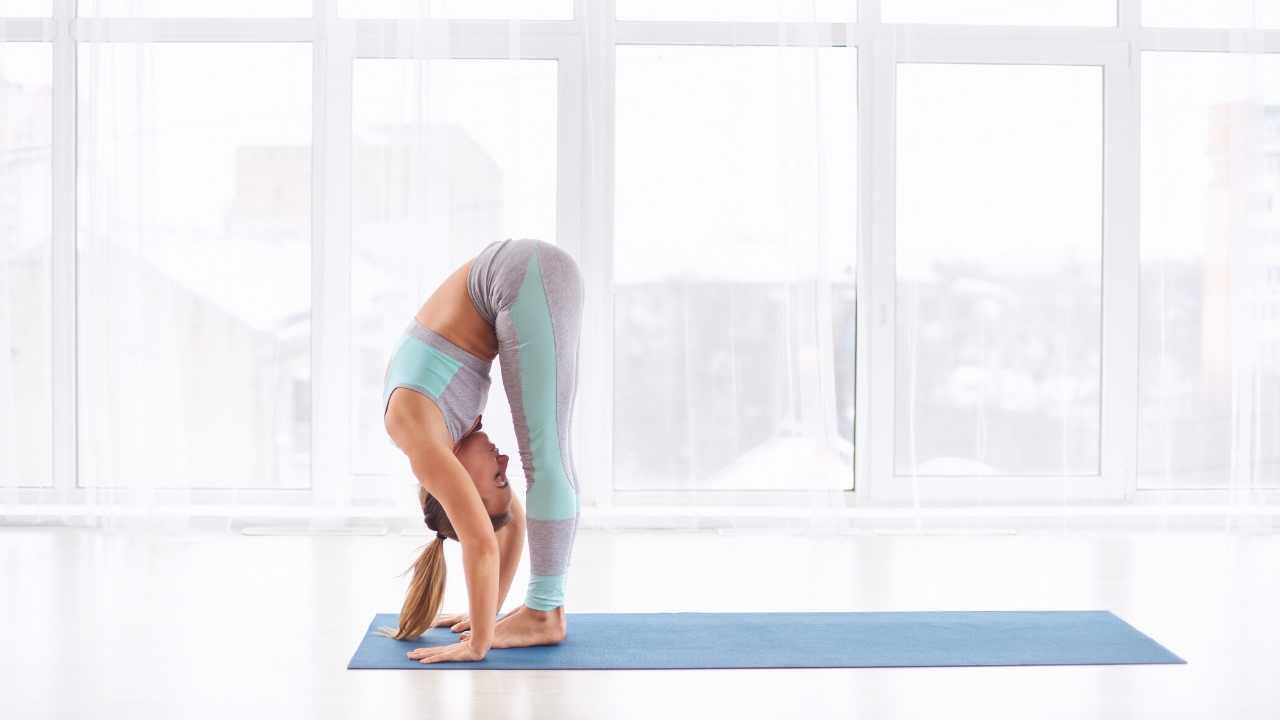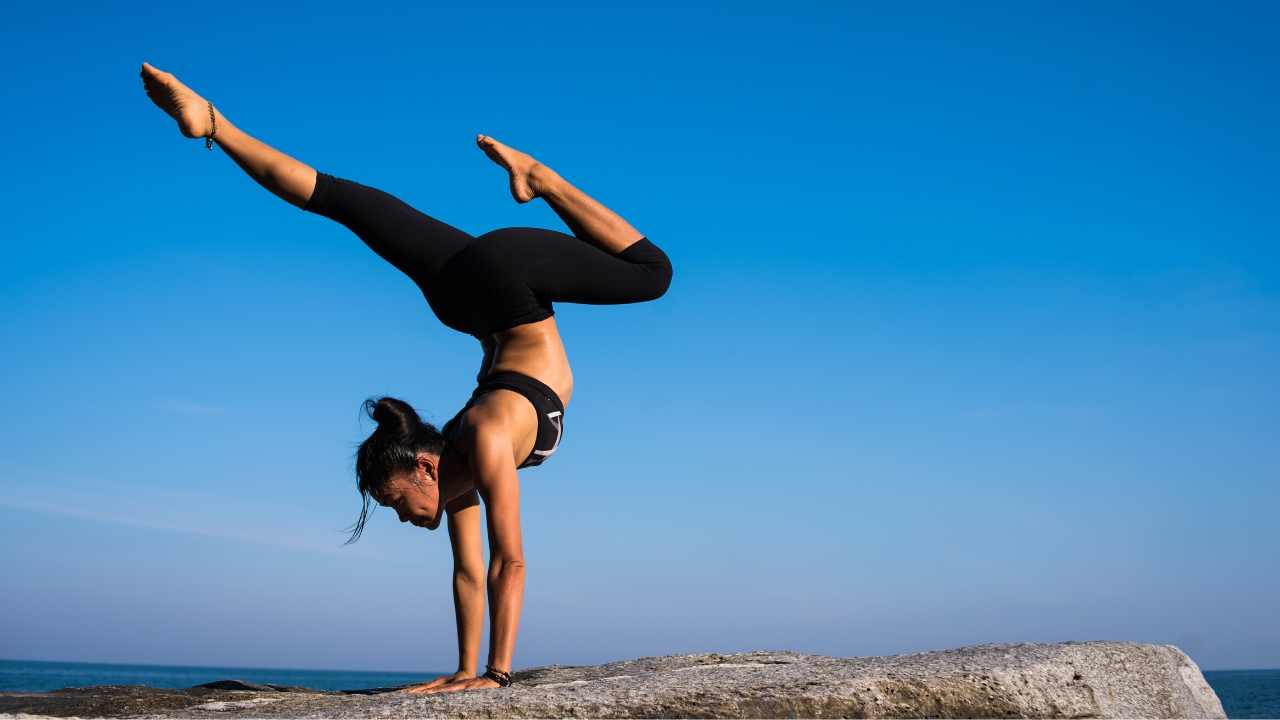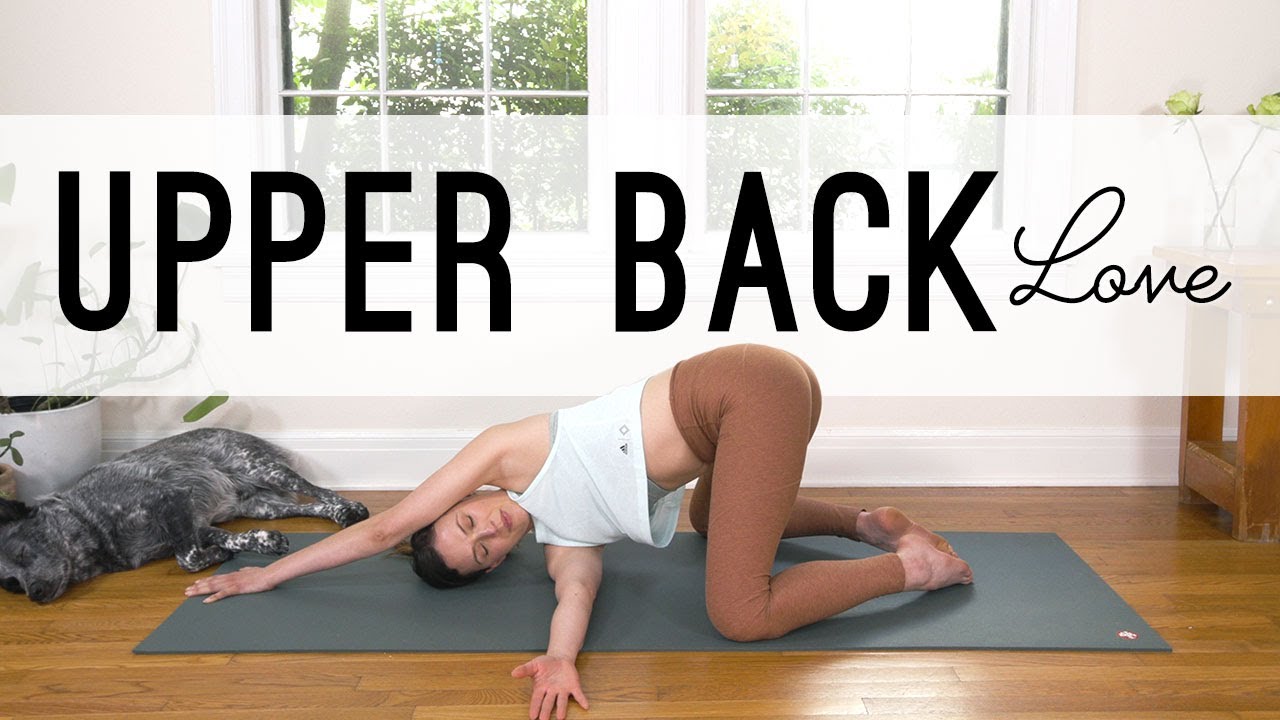
When you are doing yoga to stretch, it is important to make sure to follow some guidelines. Avoid squeezing your arches, shins or low back with yoga. Also, slow down. This is one way to stretch the most safely. Avoid putting pressure on the belly.
Static stretching has been deemed the most secure way to stretch.
Static stretches can be done to lengthen muscles, while dynamic stretches move the joints. They are an excellent choice for a warm down after a hard workout. Avoid over-stretching muscle groups to avoid injury. You should not do static stretching more than once a week.
For many years, static stretching has been considered safe. However, some sports do not practice it and others disagree. In sports where flexibility is essential, some athletes are against static stretching, while others find it beneficial for their performance. However, it isn't the best idea to perform static stretching before a workout because it limits the range of motion of the muscle and can decrease sprint speed.

Avoid positions that place pressure on the back or belly.
Because the spine relies on this area, it is important not to place pressure on the abdomen or low back. These positions can result in lower back pain, spinal stenosis, and herniated discs. If these positions are held for long periods of time, they can result in lower back pain and leg pain.
Slow down
Slowly moving when you are doing yoga to stretch will help you do more than just stretch your muscles. You'll also be lengthening your lower back, shoulders, and hamstrings. Begin by bending the knee and bringing the heel toward your groin. Once you've gotten a hang of this stretch, you can then engage the other leg, lift your arm overhead, and then lower your body into a side bend.
Remember that your goal when doing yoga is to not stretch too far that you injure yourself. If you are limited in flexibility, stretching beyond the point of feeling the stretch is dangerous. Lower back pain, one of the most common injuries to yoga, is one of the most common. This can occur when you turn your spine too far.
Avoid putting pressure on your arches and shins.
It is important to avoid pressure-stretching postures when practicing yoga to stretch your arches and legs. When stretching your arches and shins, the most important thing is to ensure that your femurs and shin bones are straight. Do not point your toes too far when sitting. This will cause you to twist your knees.

Do not practice yoga to stretch your Hamstrings. This can lead to more severe injuries. A triangle is also a good position. It will help you stretch your hamstrings, calves, and spine. Start by lying down on your back. Next, stretch your arms outwards and press your toes against your feet. Continue to hold the pose by extending your arms out in front and pressing down on your chest.
FAQ
What are the differences among Hatha, Ashtanga Vinyasa Power Yoga and Vinyasa Hatha? ?
There are many different types of yoga. Each one offers a different way to find balance in our lives.
These are the most popular yoga forms:
Hatha - This includes stretching and poses that emphasize core strength and flexibility.
Ashtanga – This is slow-paced movement that builds strength and stamina.
Vinyasa Yoga - This type allows you deepen your breathing by incorporating fast-flowing sequences.
Power - Power yoga is a form of power that involves more challenging moves.
Kripla - This is one of the oldest forms of yoga that dates back thousands of years.
Bikram is a type of yoga that can be practiced in heated rooms.
Is 20 minutes of yoga enough for a daily workout?
Yoga should be more than just a means of exercising. It should also be used as a tool for self-discovery. It is a time to look at your life and reflect on how it has changed.
My friend introduced me to yoga a few years back. He had been practicing it for many decades. He told me that he did yoga for 20 minutes each morning, which helped him feel calmer throughout the rest of his day.
I decided to try it and found that it made a difference in my overall well-being. I have continued to practice yoga regularly since then and find that it helps me relax and focus when working at my desk.
It is important to find what works best for your needs and set realistic goals. If yoga isn't helping you reach your goals, it doesn't mean that you have to do it every day.
What should I do to begin practicing yoga?
You'll need a pad (some are foldable), loose clothing, and something to put under your head as you lay down.
Also, you may need props like straps to hold your blocks, straps to support your bolsters, blankets or towels in order for some poses.
You shouldn't have anything else. Yoga is a commitment.
What is the average time it takes to become a pro at yoga?
It depends on the kind of yoga. Some styles are slower than others. Even if you are just starting, you can still expect to improve.
You will improve your skills the more you practice. You'll see improvements in just a few short weeks of practice.
Statistics
- Start your Fall off right with 20% off All Access Membership when you sign up by 9/25! (corepoweryoga.com)
- Lock in 25% off your Founding Member rate. (corepoweryoga.com)
- In comparison, a 125-pound person is estimated to burn 135 calories in 30 minutes of walking (at a pace of 15-minute miles) and 210 calories bicycling at a moderate pace on a stationary bike. (everydayhealth.com)
- According to calorie estimates calculated at Harvard Medical School, the average 125-pound person burns about 120 calories in a half hour of hatha yoga, and a 185-pound person burns about 178 calories in that half hour. (everydayhealth.com)
- The American Psychological Association recently shared that 84% of American adults feel the impact of prolonged stress (5). (healthline.com)
External Links
How To
Can yoga help with menopause symptoms?
Yoga is an ancient practice that originated in India and focuses on stretching, breathing, and meditation. It has been used for thousands years to help people stay fit. It has been increasingly popular in recent years as people look for alternative ways to stay healthy and active during times of stress or illness.
Yoga is about using physical positions (asanas), to strengthen muscles, improve posture, and increase flexibility. This helps to reduce tension and build strength.
There are many types of yoga: Hatha, Vinyasa flow and Bikram. Each type focuses only on certain aspects of your body, like breathing, stretching, and relaxation.
All forms of yoga have the same goal: to restore balance within the body as well as the mind. Yoga offers many benefits including better fitness, weight loss (weight loss), improved sleep quality and increased energy.
Yoga may be beneficial in the treatment of anxiety, depression, insomnia, and other conditions. However, evidence is lacking to show that yoga has any effect on other health issues like menopausal symptoms.
As well as helping you feel healthier and happier, yoga teaches you how to relax and manage stressful situations - skills that could be helpful when dealing with menopause.
It is important that you know that yoga can cause soreness in the muscles after exercising. Your doctor should be consulted if you have questions or concerns about your health.